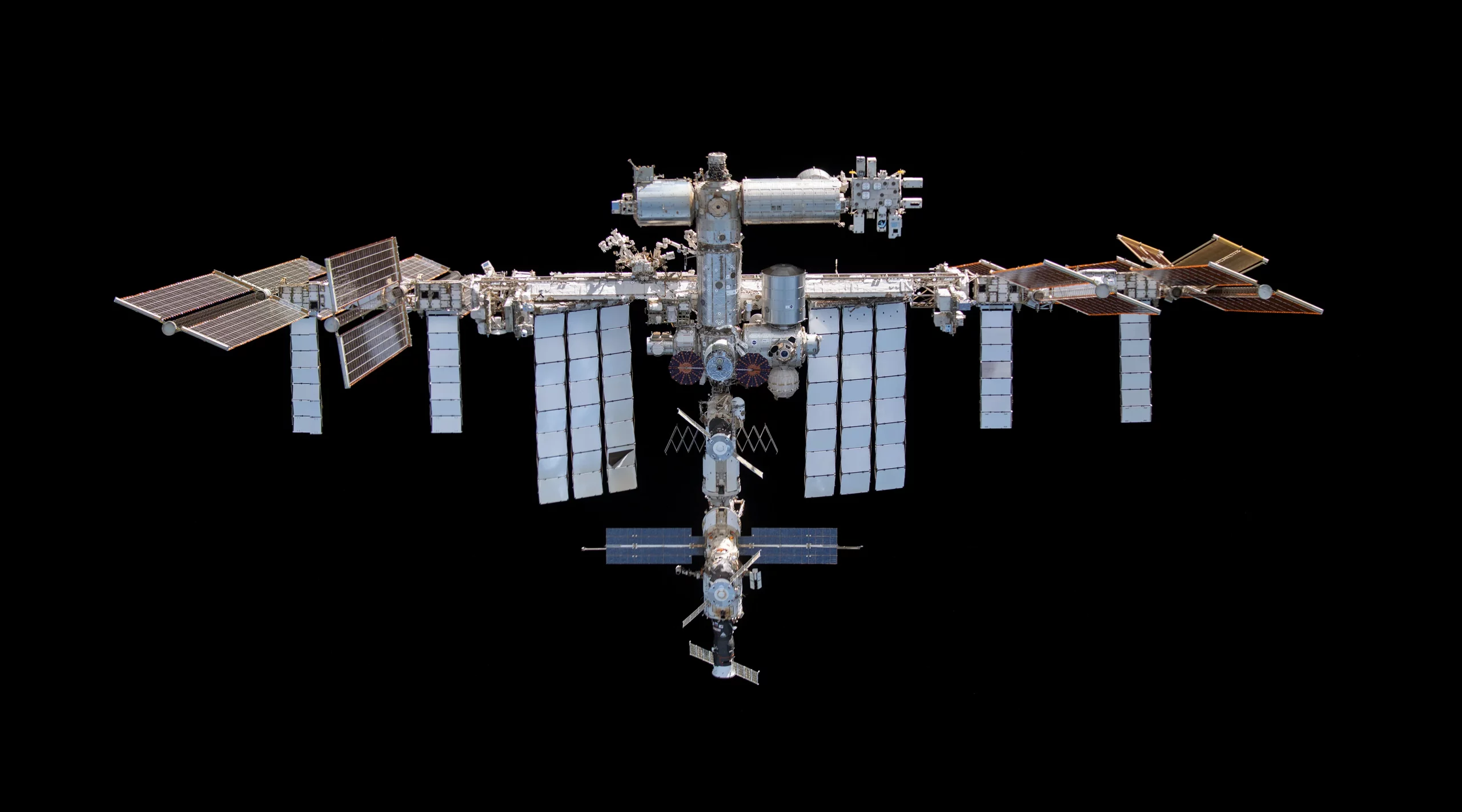Space stations are large spacecraft that orbit the Earth and serve as platforms for scientific research and human habitation. They provide a unique environment for conducting experiments in various fields, including biology, physics, and astronomy.
Types of Space Stations
There are two main types of space stations:
- Low Earth Orbit (LEO) Space Stations: These stations orbit at a relatively low altitude, typically between 200 and 1,000 kilometers above the Earth’s surface. They provide easy access to and from Earth and are ideal for conducting experiments that require frequent resupply.
- High Earth Orbit (HEO) Space Stations: These stations orbit at a much higher altitude, typically between 35,000 and 36,000 kilometers above the Earth’s surface. They are used for communication and navigation purposes.
Key Components of a Space Station
- Modules: The main sections of the space station, which contain living quarters, laboratories, and other facilities.
- Solar Panels: These panels convert sunlight into electricity to power the space station’s systems.
- Robotic Arm: This arm is used to move equipment and conduct experiments outside the space station.
- Life Support Systems: These systems provide the astronauts with oxygen, water, and other essential life-support functions.
Challenges of Space Station Life
Living and working on a space station presents a number of challenges, including:
- Microgravity: The low gravity environment can cause a variety of health problems, such as bone loss and muscle atrophy.
- Radiation: Astronauts are exposed to higher levels of radiation in space than on Earth.
- Isolation: Living in a confined space with a small group of people can be psychologically challenging.
Benefits of Space Station Research
Space stations provide a unique environment for conducting scientific research that is not possible on Earth. This research has led to advances in a variety of fields, including medicine, materials science, and technology.
The Future of Space Stations
As technology continues to advance, we can expect to see even more innovative and capable space stations in the future. These stations may be used for long-duration human spaceflight, commercial activities, and even as stepping stones for exploration beyond the Moon.
Space stations are a testament to human ingenuity and our desire to explore the universe. They provide a valuable platform for scientific research and human habitation, and they will continue to play a vital role in the future of space exploration.
